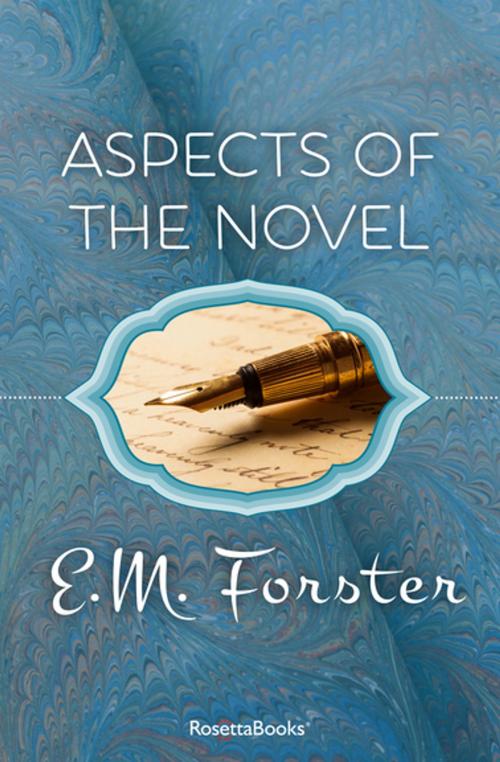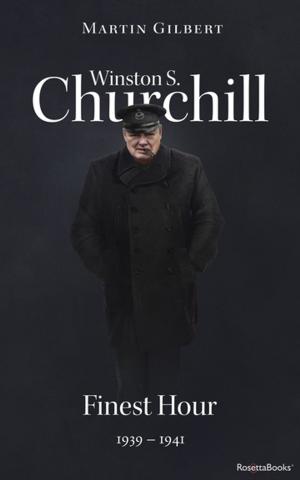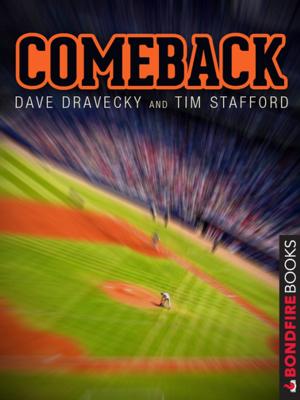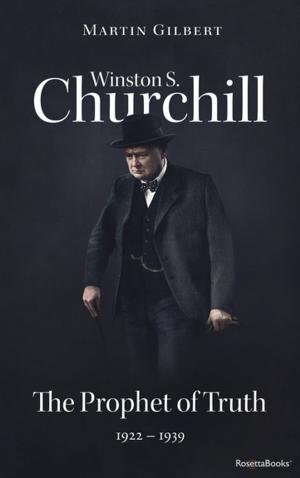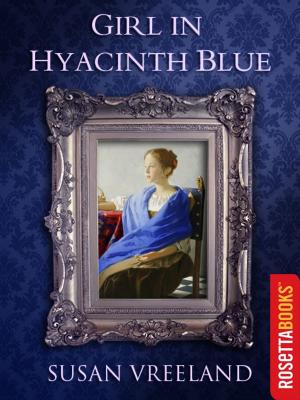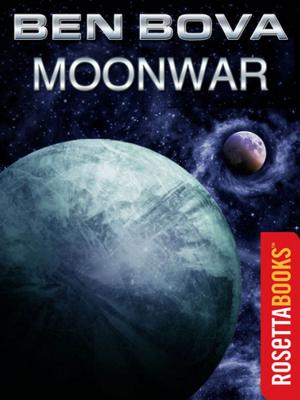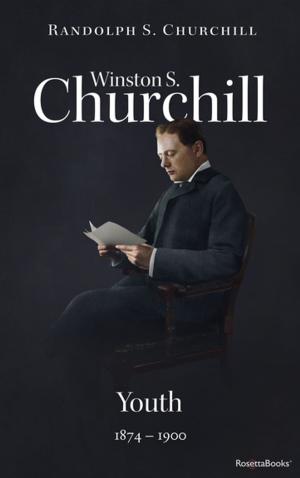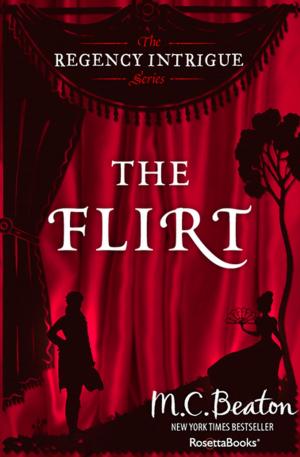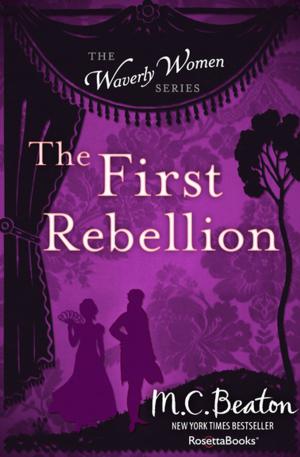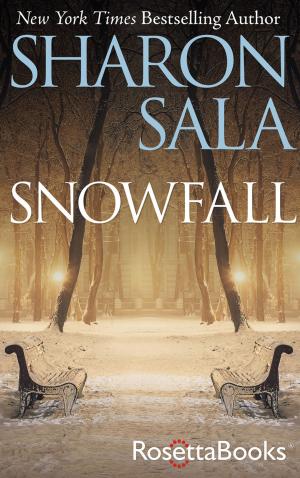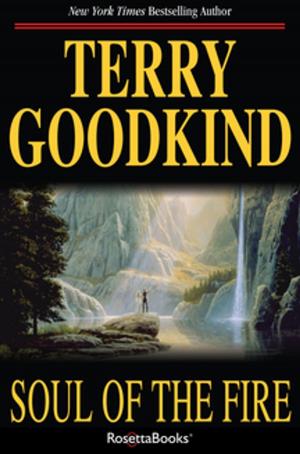| Author: | E. M. Forster | ISBN: | 9780795311567 |
| Publisher: | RosettaBooks | Publication: | July 1, 2010 |
| Imprint: | RosettaBooks | Language: | English |
| Author: | E. M. Forster |
| ISBN: | 9780795311567 |
| Publisher: | RosettaBooks |
| Publication: | July 1, 2010 |
| Imprint: | RosettaBooks |
| Language: | English |
The renowned British novelist’s “casual and wittily acute guidance” on reading—and writing—great fiction (Harper’s Magazine).
Renowned for such classics as A Room with a View, Howards End, and A Passage to India, E. M. Forster was one of Britain’s—and the world’s—most distinguished fiction writers, a frequent nominee for the Nobel Prize in Literature. In this collection of lectures delivered at Trinity College, Cambridge, in 1927, he takes a wide-ranging look at English-language novels—with specific examples from such masters as Dickens and Austen—discussing the elements they all have in common.
Using a witty, informal tone and drawing on his extensive readings in French and Russian literature, Forster discusses his ideas in reference to such figures as Tolstoy, Dostoevsky, and Proust; explains the difference between “flat” and “round” characters and between plot and story; and ultimately provides an “admirable and delightful” education for anyone who appreciates the art of a good book (The New York Times).
The renowned British novelist’s “casual and wittily acute guidance” on reading—and writing—great fiction (Harper’s Magazine).
Renowned for such classics as A Room with a View, Howards End, and A Passage to India, E. M. Forster was one of Britain’s—and the world’s—most distinguished fiction writers, a frequent nominee for the Nobel Prize in Literature. In this collection of lectures delivered at Trinity College, Cambridge, in 1927, he takes a wide-ranging look at English-language novels—with specific examples from such masters as Dickens and Austen—discussing the elements they all have in common.
Using a witty, informal tone and drawing on his extensive readings in French and Russian literature, Forster discusses his ideas in reference to such figures as Tolstoy, Dostoevsky, and Proust; explains the difference between “flat” and “round” characters and between plot and story; and ultimately provides an “admirable and delightful” education for anyone who appreciates the art of a good book (The New York Times).
